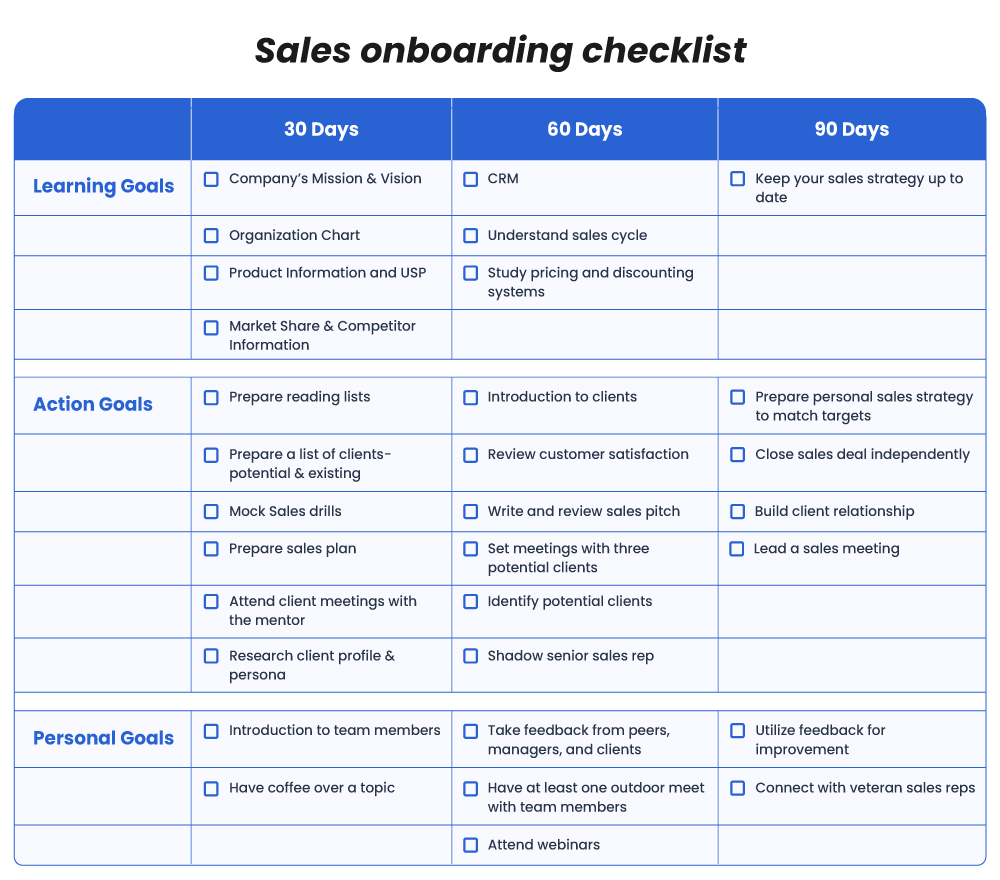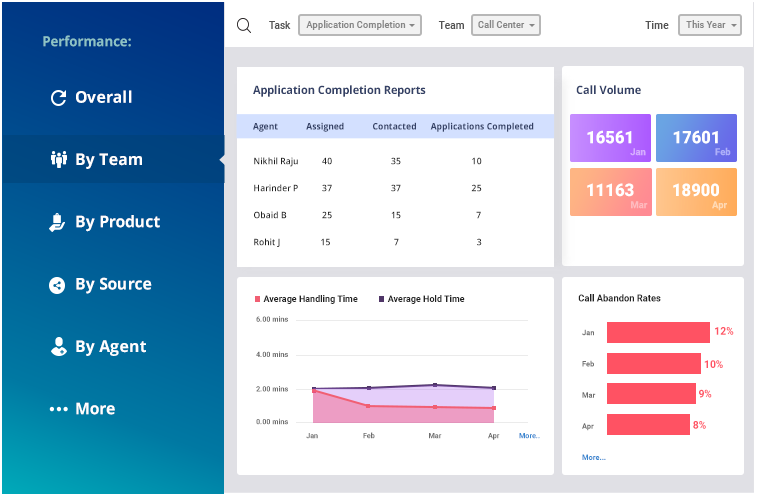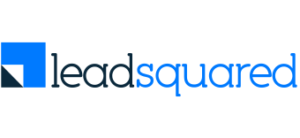Will the sales rookie you just hired start to perform from day one?
Well, they just might. But, in most cases, that’s not the right expectation.
To get them acquainted with your product/service, culture, people, and processes, you need to coach them right and give them time and direction.
This is where a good sales onboarding process plays a role. So,
What is sales onboarding?
Sales onboarding is the process of inducting, training, and providing resources to new hires to equip them with the skills and knowledge required to perform in their newly assigned role.
In this article, we will talk about how to onboard a new sales rep. We will also discuss tips and best practices to improve your sales onboarding process.
Let’s get started.
How to design an effective sales onboarding process
Every good sales onboarding process has a few common objectives:
- Producing confident sales reps who fulfill organizational goals
- Increase sales reps’ levels of engagement with the company as well as its staff.
Expecting your new entrant to learn everything over a two-day orientation program can be overwhelming for everyone. Sales onboarding is a process and not an event. When you know what your sales reps ought to achieve over a timeline, you will be able to draw a plan in advance. Staggering goals will also let you measure their learning curve accurately. Here’s where having a plan is a good idea.
A 30-60-90-day sales onboarding plan draws out a road map spread over the first three months of the employee’s joining. The subsequent section describes the nitty-gritty of this plan, along with a quick checklist.
The 30-60-90-day onboarding plan
The first 30 days
A little hand-holding will go a long way in acquainting the new rep with the company’s culture, vision, and mission. Help them break the ice through their many firsts and find their footing. This stage will involve answering a lot of questions for them and introducing them to new people and processes.
Begin with the basics- company history & structure, product information, existing and potential buyers, and sales cycles. Get them familiar with the managers and their peers and initiate meetings for team building.
“Something as simple as a pizza party brings the team together. Sales is competitive, which can drive team members apart, but we’re all in the same boat, so being supportive can help every individual perform better,” says Arjun Mathur, Associate Director, Emeritus.
A few questions you ought to be asking at the end of the first 30 days:
1. Do they have a fair idea of the company?
2. Are they interacting?
3. Are they comfortable with the CRM?
4. Do they understand the company’s expectations?
5. Are they familiar with the product and services?
6. Do they have a complete understanding of the target market and competition?
The next 30 days
It’s now time to get hands-on for everything they have learned in the first 30 days. Now is a good time to learn about aligning performance with personal growth.
A few questions you ought to be asking now:
1. Are they confident enough to meet clients?
2. Are they motivated to learn more?
3. Are they participating in meetings?
4. Are they taking feedback?
5. How is mentoring working out?
The last 30 days
At this point, your reps should be raring to go. By now, they should have a clear understanding of their customers, should be able to make independent sales calls, and should have built a solid network.
A few questions you ought to be asking now:
1. Are we able to measure progress?
2. Are they meeting targets?
3. Have they assimilated the company’s culture?
4. What is the market’s feedback?
A 30-60-90-day plan should match the company’s objectives. It should be measurable and should be able to identify task completion. Above all, it should be flexible to include new parameters based on needs. Here’s a sample checklist for a 30-60-90-day plan.

You can bookmark this page or download this editable pdf checklist to share with your team.
Why do you need a well-defined sales onboarding program?
Devising new ways to nurture prospects has always been the focus of almost every organization. But they often forget that their sales reps need nurturing too. In a likely event where you would look at onboarding as a time-consuming process, you would instead let your sales reps learn on the job. However, investing time and resources in your reps pays off in terms of productivity and retention. For instance, 69 percent of employees are more likely to stay with a company for three years had they experienced great onboarding.
Inspire them to stay.
Quitting of sales reps is not just expensive, but it affects teams and productivity. An effective sales onboarding program will help you in retaining the talent that you have recruited. Here’s how.
A good training program and a curriculum will produce knowledgeable salespeople who will be great at their job. Doing their job well will bring tangible results from the very start. More sales, an increasing client base, good customer feedback, and appreciation from managers will produce highly engaged employees. And motivated employees will have no reasons to jump ship.
Imagine yourself in the shoes of a new rep being drowned in a lot of theory on your first day in an event they called the Orientation Program. Remember that judging and evaluating is a two-way street, and chances are your new rep won’t be impressed on their first day. A sales rep who expected fun and knowledgeable joining experience might be severely disappointed. They might build notions about your organization that aren’t necessarily true and likely to affect their tenure at your company. All because of a poorly planned onboarding process.
Now, if you have just recruited yourself a talented new rep, you probably cannot wait to channel all your training energy. A little planning and empathy will go a long way in providing the best onboarding experience for your new rep.
Benefits of a well-defined sales onboarding program
Speaking of productivity, organizations with a standard onboarding process see 50% higher productivity from new hires and increased employee engagement.
A sales-ramp-up period is the amount of time it takes for a new sales rep to be market-ready and reach their full productivity level that meets your organization’s goals. The ramp-up time will, of course, vary across industries, but the objective remains the same. That is, to minimize ramp-up time. However, it’s important to remember that an amateur rep can not only jeopardize sales pitches with their half-baked knowledge but will also be difficult to retain owing to their lack of motivation. An onboarding program will get them up to speed much quicker, thus enhancing their overall productivity.
At the same time, an onboarding process needs to have the right balance. A process that declares a sales rep ready much before they actually are can impair productivity. And a process that goes overboard can exhaust a new employee and waste valuable resources. The key to creating an effective onboarding process lies in taking one step at a time.
Sales onboarding best practices
Here are a few best practices to keep in mind while drawing out your onboarding plan:
Material & Resources
All onboarding materials should be accessible and available at a sales reps’ fingertips. Create resources that are informative and easy to absorb. Videos rather than slide shows, story formats, games, and quizzes are great ways to document information. An automated dashboard containing available phone scripts, email templates, FAQs, etc., is a great way to assist them in the field. Depending on which stage of the 30-60-90 day plan a sales rep is in, you can layout content accordingly.
“One way to standardize training for a sales team is to share the list of common objections and practice cold calls with new recruits,” says Anil Kumar, Director – Sales, LeadSquared.
Goals & Numbers
Realistic targets can be smooth gear shifters from learning to doing. Give them tangible goals to which they can contribute. Besides company goals, individual milestones, numbers of deals to be closed, and when to be closed are some figures that can help keep reps on track.
Shadowing & Mentoring
The age-old tactic of mentoring is a tried and tested training technique. Shadowing a seasoned sales rep prepares new ones for future leadership. It allows them to learn on the job and ask questions. However, choose your mentors carefully to get the best results. The best performer may not be the best teacher.
Feedback & Evaluation
The onboarding process should be responsive. It’s essential to learn about the sales reps’ experience by encouraging feedback. This will help to identify pain points and to find solutions. You can alternately measure the effectiveness of the process by tracking KPIs such as conversion rates per rep, pipeline, average ramp to productivity time, rep’s scorecard, training, and certifications.
For instance, you can use LeadSquared Sales Execution CRM to track KPIs and individual reps’ performances.

In conclusion
Sales onboarding is a continuous process that needs customization and optimization. Optimization is fuelled by a host of factors and, most importantly, by effort and intent. The company’s objectives, quality of sales reps, the introduction of new technology determine the type of process you want to choose for the company.
First impressions are important and especially so for major life events such as starting a new job. A good onboarding experience sets sales reps on the right track to adapt to their new work environment and learn new systems. It also shows that besides company profits, you are also invested in their career enhancement. A good onboarding process can provide the solid foundation from which confident salespeople will stem. It will build the next sales leaders. For what it’s worth, a good onboarding process can also act as a magnet to attract the best talent in the market.








![[Webinar] Maximizing ROI with WhatsApp CRM](https://www.leadsquared.com/wp-content/uploads/2024/07/Maximizing-ROI-with-WhatsApp-CRM-webinar-popup.gif)
